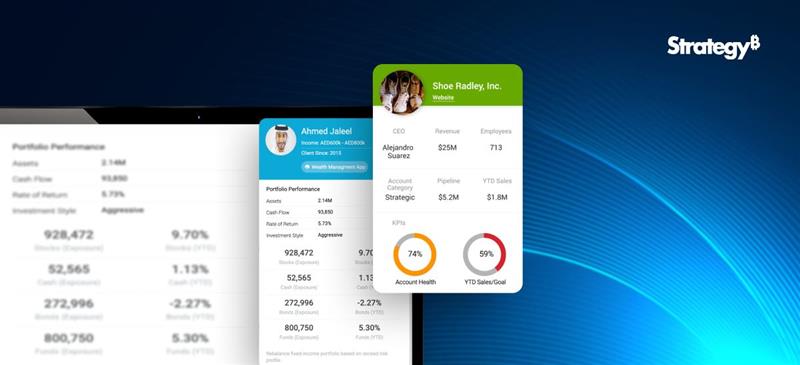The adoption of digitalised solutions in the healthcare sector has been sparked by the pandemic and a sharp change in people’s expectations and lifestyles. Additionally, consumers are in a better position since they enjoy high levels of digital connectivity thanks to reasonably priced internet access, various mobile device technologies, and a sizable app development ecosystem.
What is Gamification
Gamification, frequently used across various business use cases like loyalty management, has gained popularity in the healthcare sector over the past few years. It is the process of introducing game components to solutions, such as activity design, and providing incentives within already-existing processes to create engaging experiences and increase process adoption.
The main goals of gamification in healthcare are to tailor each patient’s care and participation and to develop better patient-centred services. Since it incorporates action-based challenges and rapid rewards, gamification has increased patient motivation and engagement. This makes it easier for patients to keep track of their progress.
By using gamification tactics to organise their activities, gamified actions to fulfil the targets, and the chance to share their progress with others, patients can be guided, monitored, and kept interested.
Tracking symptoms and overall health: Instead of consulting doctors, most internet users conduct online searches for information on health-related topics or related topics. The patient’s journey begins at this digital entrance. Healthcare providers have the chance to establish themselves as industry leaders by offering digital platforms for consumers to interact, measure wellness, and monitor their health metrics. Some widely used apps use gamification techniques to deliver physical treatment through a virtual learning environment. Motion-guided technology is used to monitor and guide patients. Healthcare professionals can connect to this platform, which enables patients to communicate virtually with licensed physical therapists.
Appointment scheduling: Giving patients a seamless appointment-making experience is one of the critical elements in patient engagement. Patients can use digital health platforms or applications to automatically book appointments with qualified practitioners based on their locations and symptoms. The gamification tactics that engage patients before entering medical facilities can reduce their worry about health outcomes.
Treatment and ongoing care: Data from activity and behaviour monitoring is integrated with health systems that can be used to enhance patient profiles. By better understanding the symptoms, doctors can correctly identify severe disorders. Remote patient activity and critical health metrics can be monitored with data integration between clinical health systems and health apps on patients’ mobile devices. Some gamification applications are made to help users create customised health plans, track, and analyse behavioural patterns, and encourage adherence to plans by delivering reminders and tracking user behaviour.
Health insurance: The amount of engagement between patients and insurance companies is minimal. Medical bill payments, reimbursement, and claims are often the focus of this conversation. Nevertheless, by using gamification techniques, health insurance providers can expand and improve their services. Using virtual money and discounts to provide quotations is one example of how such tactics have been used. Price reductions for customers may be offered.
Healthcare providers who lead the charge in the digitalisation of healthcare will be those who use data linkages and gamification techniques to build and improve the patient journey. Applying gamification strategies across healthcare processes for proactive patient engagement and data analytics to monitor, predict, and design true personalisation across the illness or wellness lifecycle are critical components to achieving a fully digitalised healthcare ecosystem. Compliance, data security, and privacy continue to be critical issues. Healthcare providers must comply with patient privacy laws when implementing system integrations and gamified applications.
Gamification opportunities for the entire patient journey
A technology component at each stage of the patient journey can be leveraged to enhance the user experience. Gamified health platforms are projected to progressively use relationships with health providers, health data products, mobile apps, wearable devices, and insurance companies for data integration. Many data aggregators gather information from numerous other health monitoring applications on patients’ mobile phones and wearable technology like smartwatches.
Digital services have been enthusiastically accepted all over the UAE. It has been incorporated into UAE healthcare to benefit patients and enhance outcomes in areas including chronic illness management, diagnostics, and preventative care. The UAE’s most popular digital health solutions are online pharmacies, fitness applications, teleconsultations, online fitness classes, and diet-management apps.
You can build gamification capabilities and digitally transform your healthcare ecosystem by implementing data integration and analytics strategies, which Beinex Digital can assist you with.




